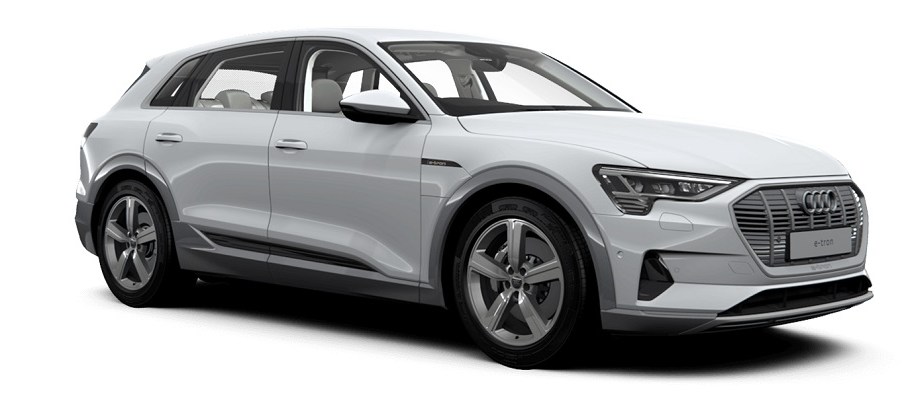
Virtual Mirrors Are a Thing in the UK; Why Not the US?
News of BMW’s new virtual mirrors patent has some people wondering whether virtual mirrors are legal in the U.S. Although they’re features on the U.K. versions of the Audi e-tron as well as the Honda e, they have yet to be approved for the U.S. market. Let’s look at the safety of virtual mirror to see what the holdup might be.
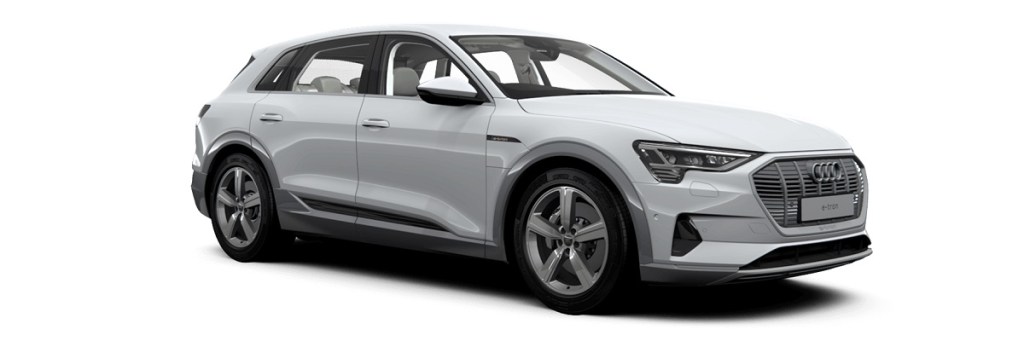
The NHTSA is against it – for now, anyway
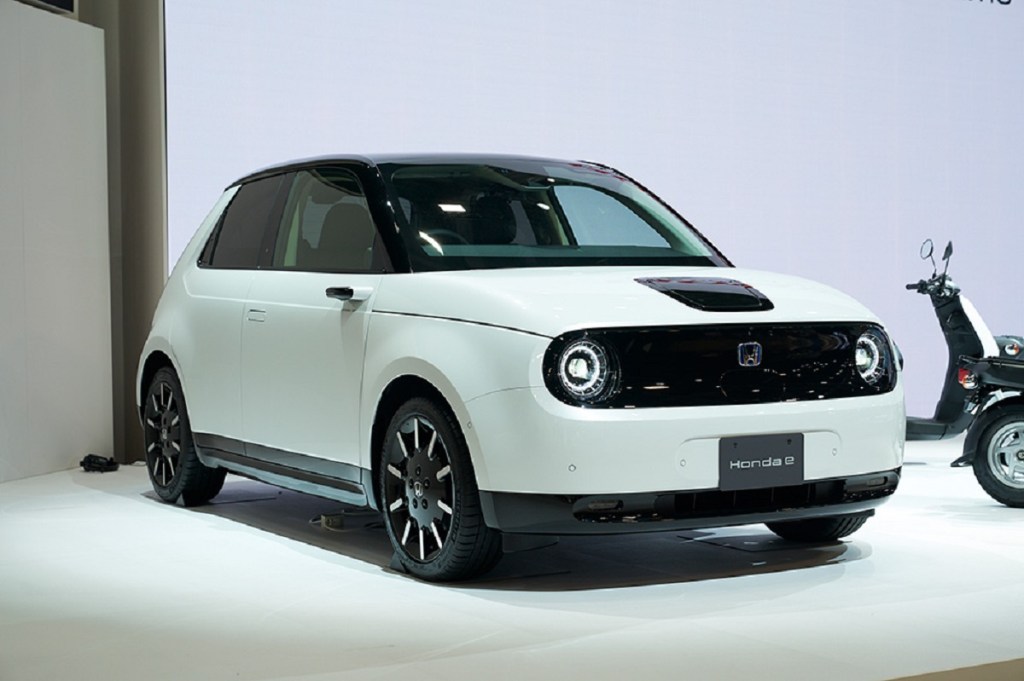
The Federal Motor Vehicle Safety Standard No. 11 surrounds rear visibility, and it isn’t in favor of camera based mirrors. The standard states that “all passenger cars, multipurpose passenger vehicles, trucks, buses, school buses, motorcycles be equipped with one or more rearview mirrors for rear visibility.”
It goes on to note that there’s an increased interest in camera based mirrors, called camera monitor systems (CMS) in the standards. It says, “These systems use rear-facing cameras mounted outside of the vehicle to capture and transmit images to electronic visual displays mounted inside the vehicle, in view of the driver.”
This technology is already being used in the U.K., and although people have mixed feelings about it, other car manufacturers are rumored to be moving in the same direction.
Still, U.S. regulations have remained steadfastly against virtual mirrors or camera based mirrors. Several industry stakeholders including Tesla have asked the NHTSA to reconsider their stance against computer based mirrors. In response, the NHTSA has asked for more information.
The NHTSA said that two reasons they’ve asked for more information is that their tests resulted in concerns about blooming, or light flooding the camera lens. They were also concerned with how well humans would acclimate to the new mirrors.
Do any cars currently use camera based mirrors?
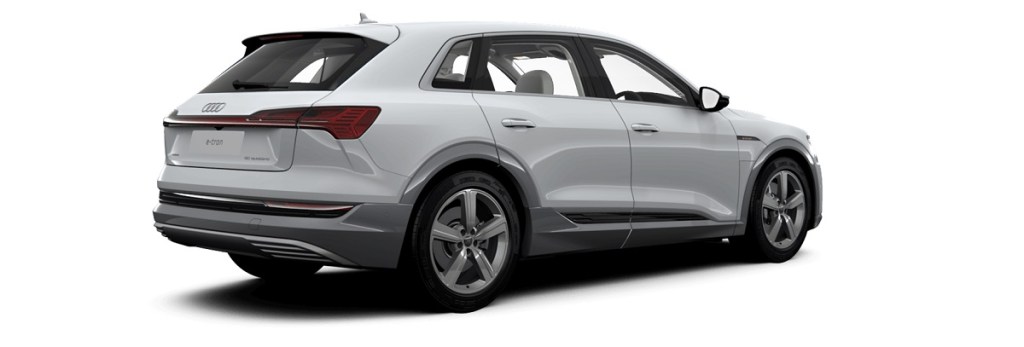
Yes, both the Audi e-tron and the Honda e use camera based mirrors. Audi’s cameras record images from the road and transmit that information onto seven-inch OLED screens at the top of the door, near where wing mirrors traditionally are. The Honda e capture video of the road and transmit that onto screens inside the car. Rather than virtual mirrors on the door, the Honda e sends the video to six-inch screens on either side of the dashboard.
What do people think of camera based mirrors?
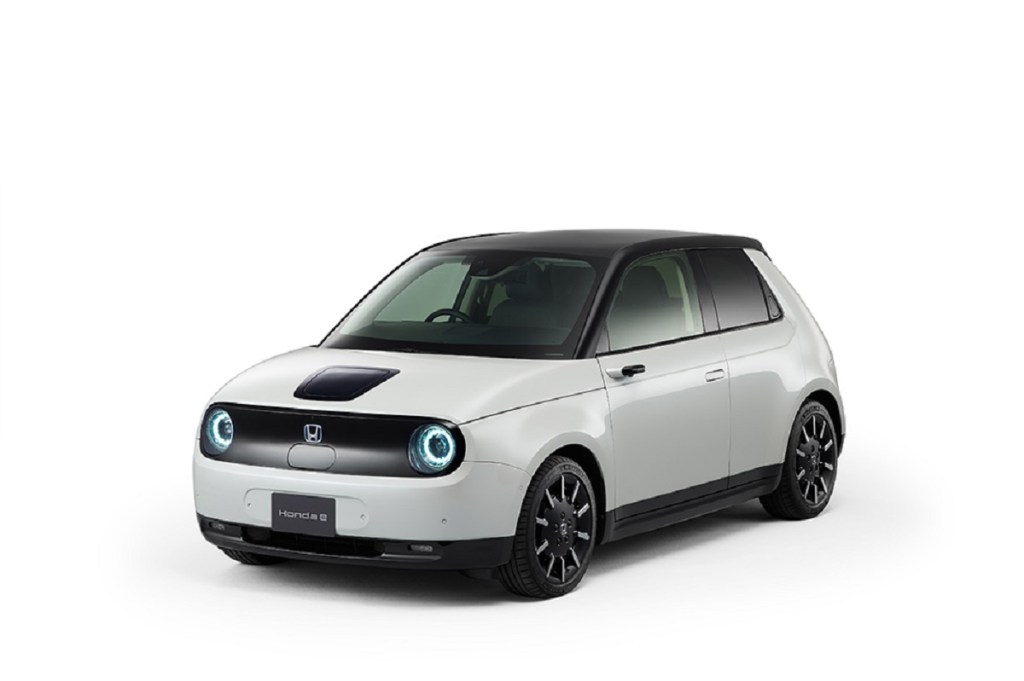
Drivers in the U.K. have mixed feelings about camera based mirrors. The novelty of them is obviously cool. They’re great for electric vehicle range because they improve the aerodynamics of the cars.
Yet there are drawbacks. The bloom that the NHTSA was concerned about is a thing that U.K. drivers have noticed. And although both EVs have lights which are supposed to help see in the dark, reviews of the virtual mirrors have included complaints of halos from any passing light sources.
There’s also the fact that most people are used to their side mirrors being in a particular place. Sure, people will adjust, but when it’s a matter of safety, perhaps they shouldn’t have to.
Another major concern is that cameras lack the depth perception that the human eye has. Some camera based mirrors will be able to signal a driver when a car is in their blind spot or the speed of a passing car, but it’s not quite the same as the instantaneous reaction that you’d have if you saw a car racing up behind you.
Will camera based mirrors come to the U.S. soon?
It’s unlikely that it will be a feature seen on cars in the U.S. soon. Tesla is a major proponent of camera based technology, including virtual mirrors, so the question is probably not settled yet. Still, even if the NHTSA reverses course and approves camera based mirrors, will people want them? That remains to be seen.


